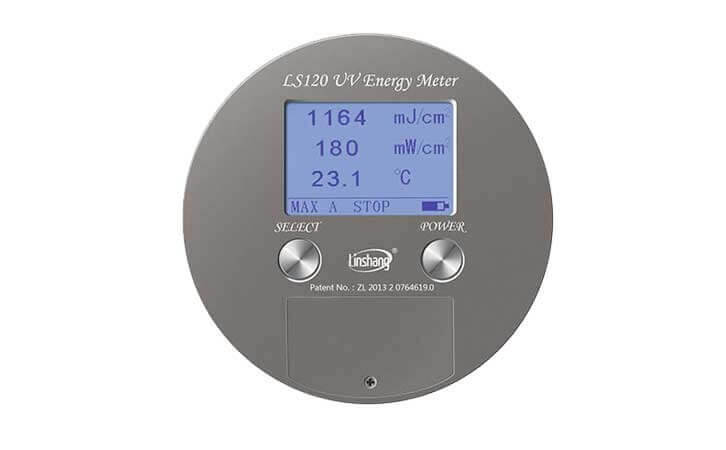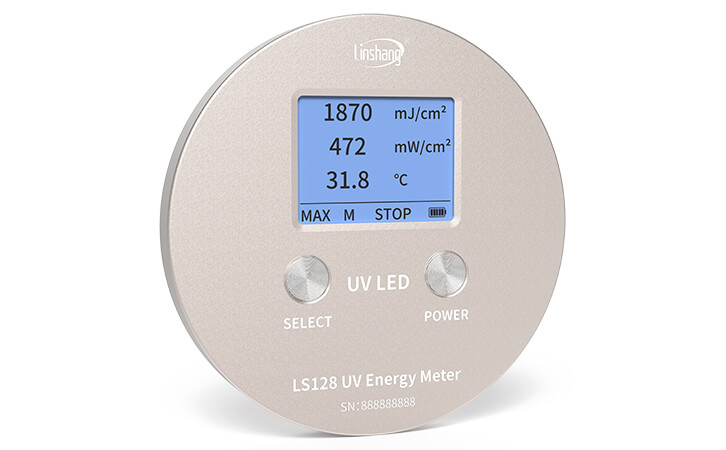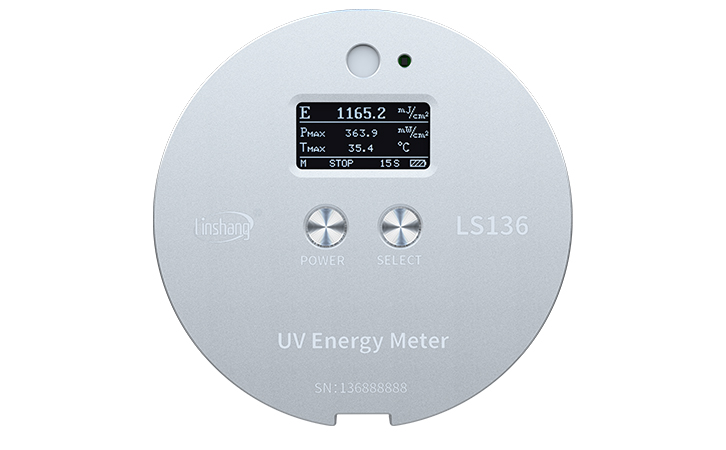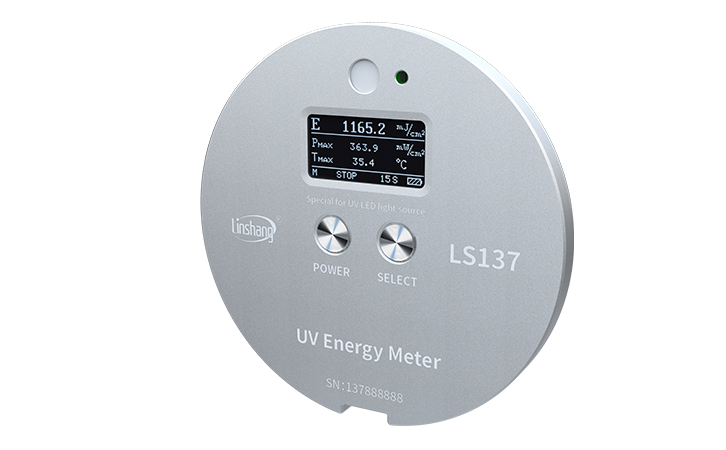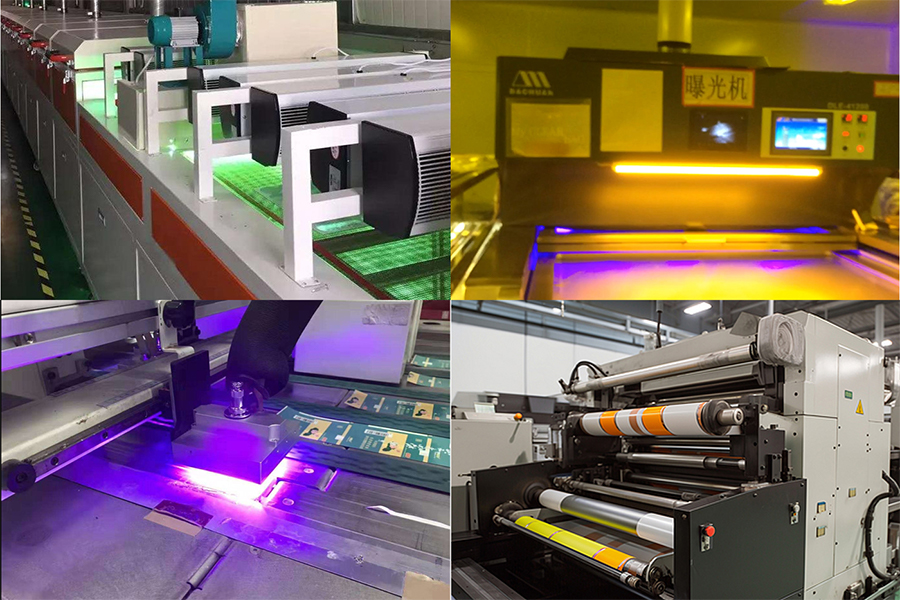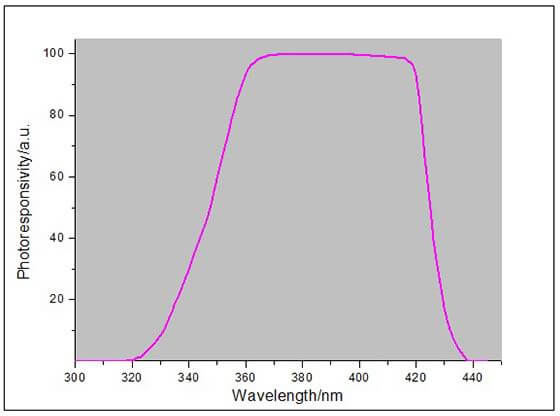UV Energy Meter
As an UV measurement device supplier providing a fair price of UV energy meter for LED, mercury vapor lamp, curing and UV exposure machine, Linshang has developed different models of UV energy meters. According to the type of ultraviolet light source measured, the instruments can be divided into two categories, LS120, LS136 and LS138 for testing the energy and intensity of high-pressure mercury lamps, LS128 and LS137 for testing UV LED.
For more information on the similarities and differences of these UV energy meters and UV light meters which can also measure the energy values, please refer to the following article "UV Energy Meter Selection and FAQ".
LS120 Portable UV Energy Meter
Spectral response range: 315nm-400nm, λp = 365nm
The first UV energy meter has temperature and UV power curve
The first UV energy meter with real-time temperature and UV irradiance
The first UV energy meter can connect computer via USB and print the results
LS128 UV LED Energy Meter
The first UV Energy meter special for UV LED (365, 385, 395, 405nm, etc.)
The first UV Energy meter has the UV intensity measuring range of 40000mW/cm²
The first UV Energy meter for UV LED intensity and energy measurement
Measure energy, UV power and temperature, provide PC software to export the data
LS136 Economical UV Energy Meter
For high pressure mercury lamp, halogen lamp
Spectral response range: 315nm-400nm, λp = 365nm
Thickness of only 7.6mm, simple operation
Long-term for high temperature resistance
LS137 UV LED Energy Meter
Suitable for UV LED light sources
Response range: 340nm-420nm, calibrated at 395nm LED
7.6mm thickness , simple operation
Long-term for high temperature resistance
LS138 Four-channel UV Energy Meter
Simultaneously tests UVA, UVB, UVC, and UVV energy and intensity.
Monitor temperature and UV power in real time and display their test curves.
2048 times/second ultra-fast sampling for accurate measurement.
Includes PC software for easy report export and printing.
LS130 UV Energy Meter
UV energy meter special for high pressure mercury lamp
Spectral response range: 315nm-400nm, λp = 365nm
Can display real-time UV power, maximal power, energy and curing time
Measure UV energy and UV intensity, provide PC software to export the data
